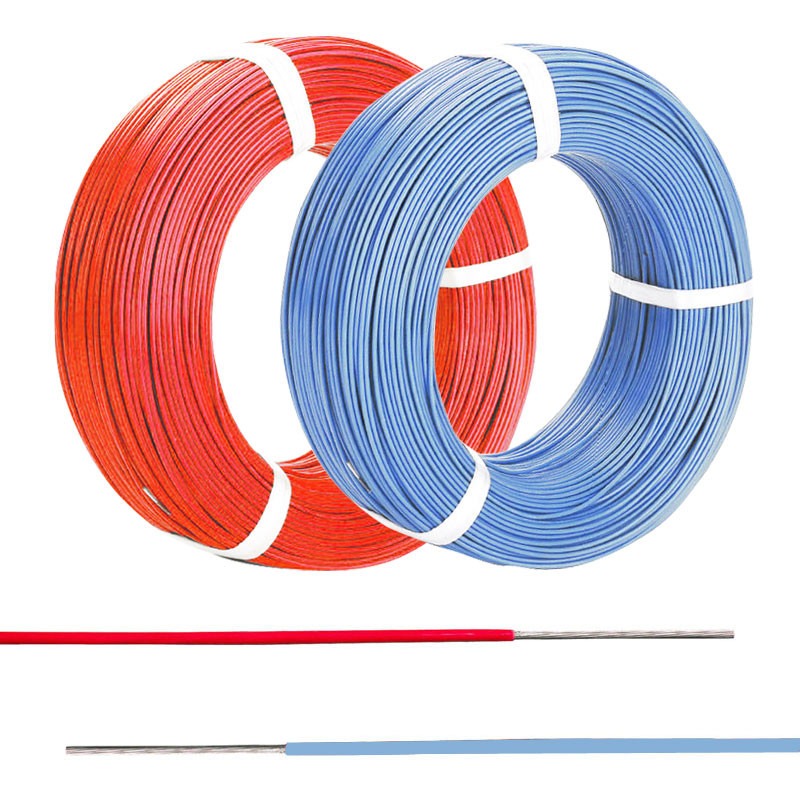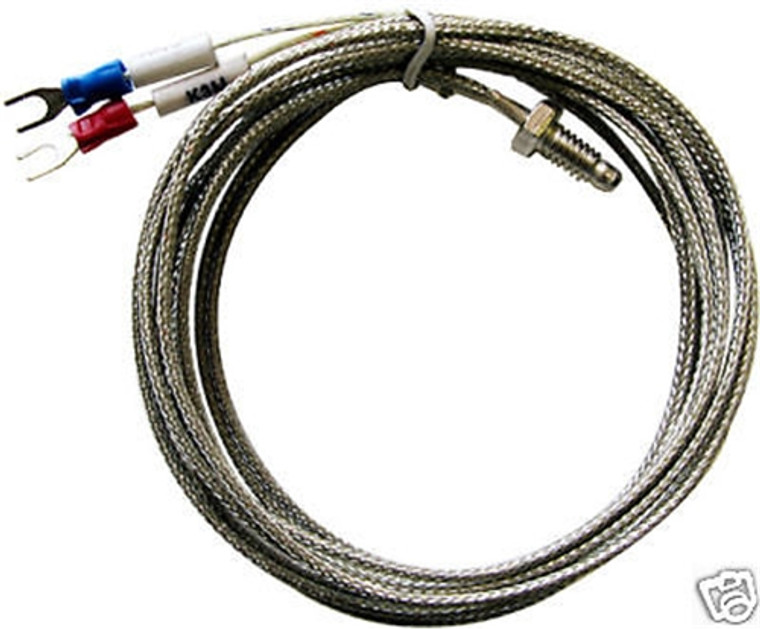Heating technology has advanced greatly in recent years. One of the most efficient and versatile options available today is the finned tubular heater. This innovative heating solution combines the best of both worlds: the reliability of traditional tubular heaters and the enhanced heat transfer of finned designs. Let’s explore a finned tubular heater’s features, benefits, and applications.
Basics of a Finned Tubular Heater
Finned tubular heaters are a type of electric heating element. They consist of a metal tube with external fins attached to its surface. The core of the heater houses a heating element. This element generates heat when electricity passes through it. The fins on the exterior serve a crucial purpose. They increase the surface area for heat dissipation.
Key Components of a Finned Tubular Heater
- Metal Tube: Usually made of stainless steel or copper
- Heating Element: Typically, a resistive wire
- Fins: Attached to the exterior of the tube
- Insulation: Surrounds the heating element inside the tube
- Terminal Connections: For electrical power input
How Finned Tubular Heaters Work
The operation of a finned tubular heater is straightforward yet ingenious. When electrical current flows through the heating element, it generates heat. This heat is then transferred to the metal tube. The fins attached to the tube’s exterior play a crucial role. They significantly increase the surface area available for heat dissipation.
Advantages of a Finned Tubular Heater
Finned tubular heaters offer several advantages over other heating solutions. Their unique design contributes to their popularity across various industries. Let’s explore some of these benefits:
- Increased Efficiency: The finned design allows for better heat transfer.
- Compact Size: Despite their high output, these heaters are relatively compact.
- Versatility: They can be used in air, liquid, and solid applications.
- Durability: The robust construction ensures a long operational life.
- Cost-Effective: Higher efficiency leads to lower energy costs over time.
- Easy Maintenance: Simple design makes cleaning and maintenance straightforward.
- Customizable: Can be tailored to specific heating requirements.
These advantages make finned tubular heaters a popular choice in many heating applications. They offer a balance of performance, efficiency, and cost-effectiveness.
Applications of a Finned Tubular Heater
The versatility of finned tubular heaters makes them suitable for various applications. They are used across various industries and settings. Here are some common applications:
Industrial Applications
- Process Heating: Used in manufacturing processes requiring precise temperature control
- Food Processing: For heating ovens, fryers, and other food preparation equipment
- Chemical Processing: In reactors and vessels requiring controlled heating
- Plastics Industry: For heating molds and extruders
HVAC Applications
- Air Duct Heating: For warming the air in ventilation systems
- Frost Prevention: Used in refrigeration systems to prevent frost buildup
- Space Heating: In large industrial or commercial spaces
Other Applications
- Automotive: In engine block heaters and defrosting systems
- Marine: For heating systems on ships and offshore platforms
- Agriculture: In greenhouse heating and animal husbandry
The wide range of applications demonstrates the versatility and effectiveness of finned tubular heaters. They can be adapted to meet specific heating needs across diverse industries.
Future Trends in Finned Tubular Heater Technology
The world of heating technology is constantly evolving. Finned tubular heaters are no exception. Here are some trends to watch:
- Smart Controls: Integration with IoT for remote monitoring and control
- Advanced Materials: Development of more efficient and durable materials
- Improved Fin Designs: Research into optimal fin shapes for even better heat transfer
- Hybrid Systems: Combination with other heating technologies for enhanced performance
- Miniaturization: Smaller, more compact designs for specialized applications
These advancements promise to make finned tubular heaters even more efficient and versatile.
Wrap Up
As we look to the future, finned tubular heaters will likely play an increasingly important role in heating solutions. Their adaptability to various industries and applications makes them a valuable tool in our quest for efficient and effective heating. Whether you’re considering a finned tubular heater for your industrial process or any other application, it’s clear that these innovative heaters offer significant benefits. Their combination of performance, efficiency, and cost-effectiveness makes them a smart choice for many heating needs.














